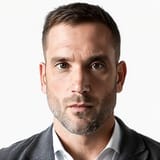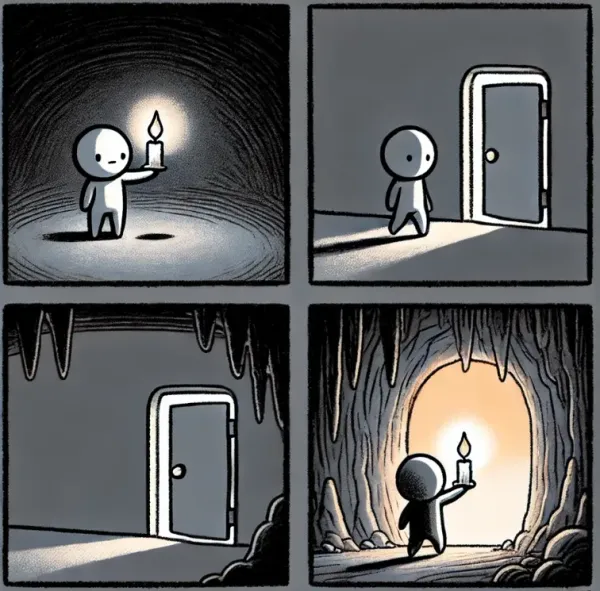"Accelerating Wisdom" Episode 3: Embodying Wisdom
“Intelligence is the function of intellect, wisdom is the function of embodiment.”
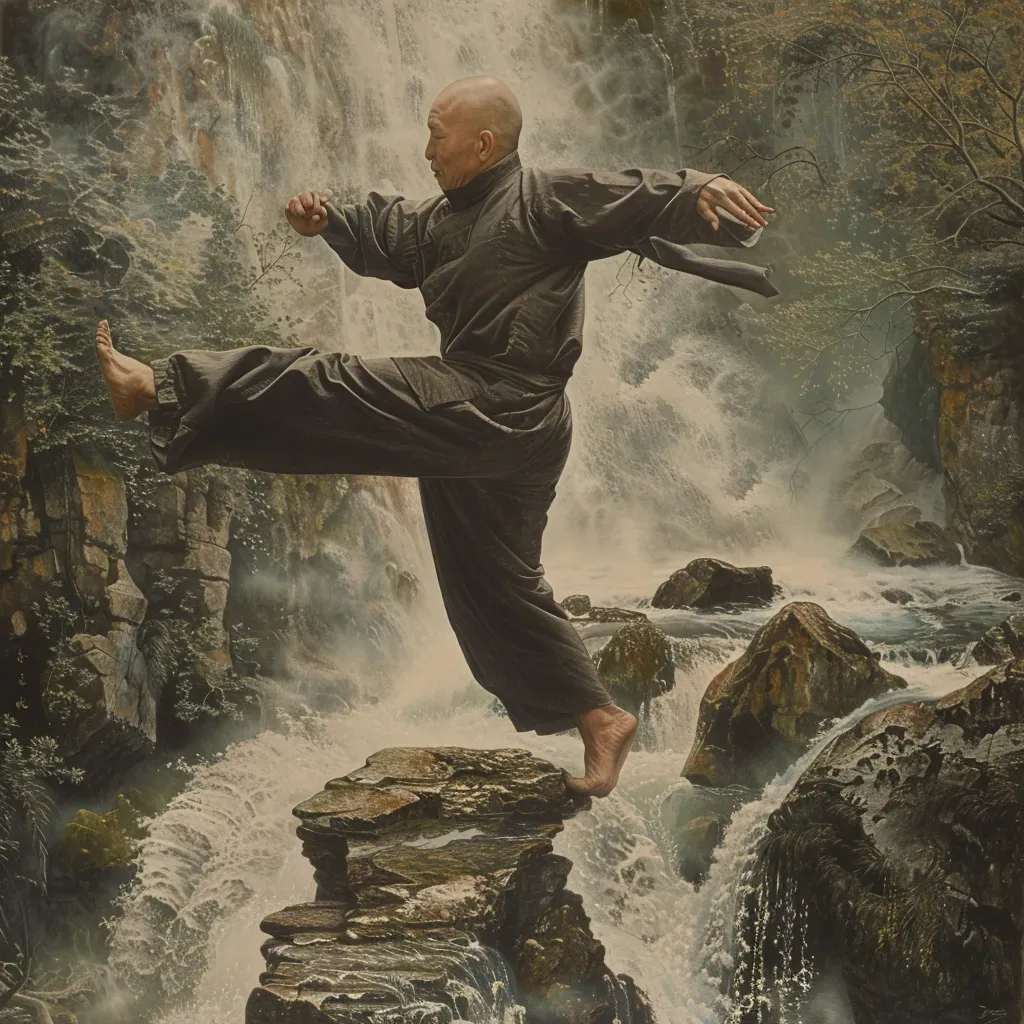
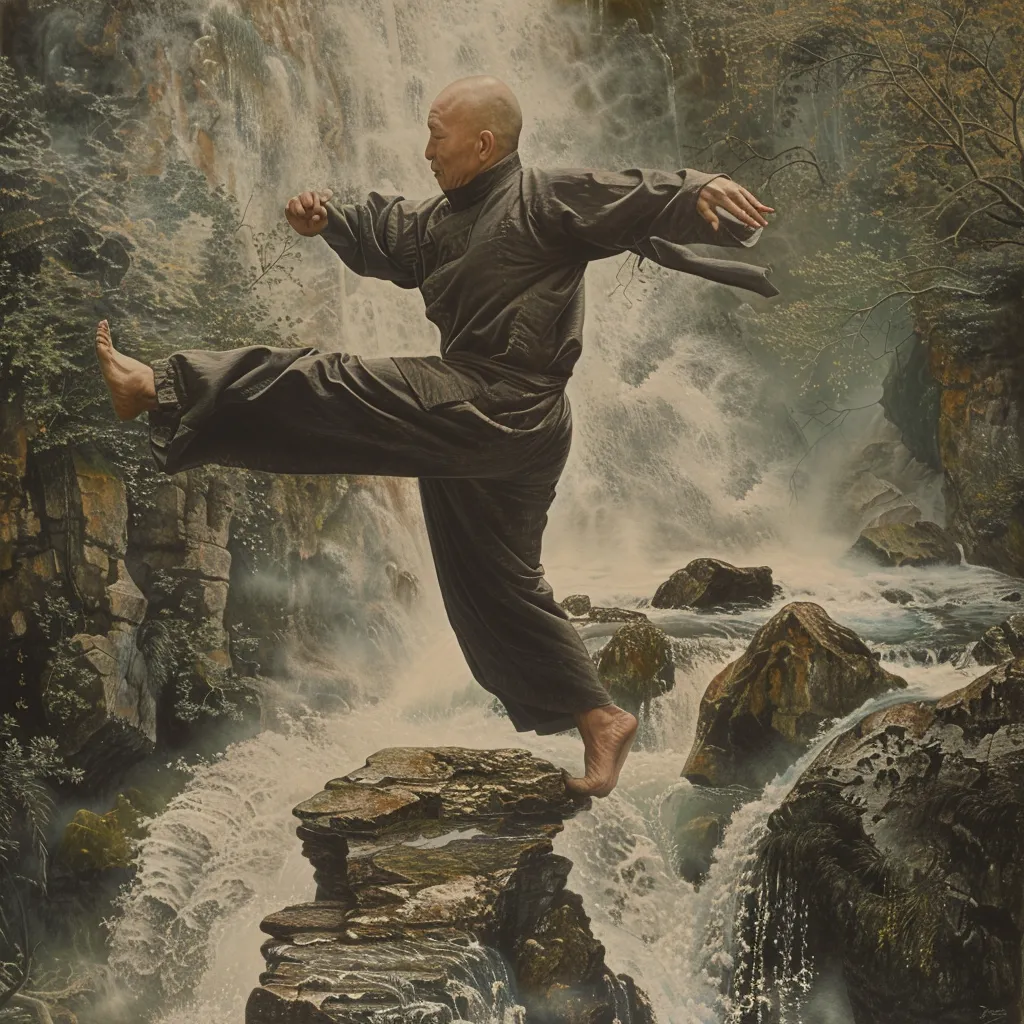
- Article #3 of 8 in the Accelerating Wisdom Series.
- Expert guest: River Kenna. River’s an expert in somatic and embodiment practices. He uses learning from Jungian Psychology, Esoteric Buddhism, and Body-Mind Integration to help people get out of their head and back into their lives. He’s also one of the freshest voices online right now.
- Woo rating: 5/10 (all Leading Edge content will have a “woo rating” reflecting how far from the current consensus worldview it is. But we will never cover topics without direct practical applications).
Since my Sohn speech on curiosity went viral earlier this year, I’ve been frequently asked for information and presentations[1] on "how to get more right hemispheric”. The specific wisdom practices that can help are professionally and personally beneficial. They also accelerate our fundamentally human edge in the age of AI. And yet, in 20 years of reading business and investment research I’ve never seen this topic covered in any depth for that audience. We overwhelmingly focus on the acquisition of new information over developing the embodied wisdom needed to evaluate and remember it. I founded The Leading Edge to help meet this increasingly urgent need.
What we get wrong about wisdom practices
Libraries have been written about the role of useful practices in the pursuit of wisdom. We don’t currently lack access to wisdom practices, as much as we lack access to quality control and community around them. What “works,” and who you do it with, is the focus of this brief episode.
As many of you will know, Dr. Iain McGilchrist’s hemisphere model has had the most explanatory value of any theory I’ve ever encountered[2]. But I also have an urge to take his conclusions into my daily routine. A purely intellectual understanding of wisdom without embodiment is of little benefit. At some point, we need to bring practices off the screen or page, and into our lives.
In Episode 1 of this series we talked about the need to cultivate physical embodiment and emotional granularity as a path to expert intuition. In Episode 2 we discussed the importance of being open to attractors. These are both primarily right-hemispheric traits. Hence it makes sense to specifically focus on wisdom practices that rebalance our intellectualised left hemispheric brains back towards the right. This Episode’s expert guest River Kenna is right at the leading edge of integrating McGilchrist's thesis into a variety of different practices. I loved every second of our conversation (Spotify link here)
It's very “left-hemispheric” to look at adopting a single practice in isolation to exploit it towards productive ends. It’s not a popular observation, but even relatively mainstream practices like breathwork or meditation can be dangerous when taken to extremes and extracted from context and lineage[3]. They can also be hard to maintain. During my time on Wall Street I saw viral fads flicker through the community. One month everyone was into intense Wim Hof breathwork and cold exposure, the next we were sticky-taping our mouths shut at night because we’d all read James Nestor’s book Breath. The problem isn’t necessarily the content of the practices, it’s the lack of a high-quality menu of options and a community to put them in.
Cognitive Science professor John Vervaeke is rapidly emerging as one of the world’s foremost experts in the pursuit of wisdom. In my previous interview with him we discussed how to think about wisdom practices and communities:
What I would do is I would look to emerging communities that are already creating what I call “ecologies of practices” and that have certain design features in it. I would look for how they were concerned about how we view the world, how we care about the world and how we act in the world, those three dimensions. I would be concerned that they had practices that covered sort of four domains. They are doing dialogical practices, they're doing imaginal practices, mindfulness practices, embodied practices, actually all “4 E”, but we'll just use embodiment as the central one. I would look for design features of that ecology to practice. How much are the practices bedded by good cognitive science, good sports psychology, good martial arts stuff?
We're currently lacking enduring communities that provide exposure to an entire ecology of practices. For example, The Leading Edge was founded in response to this problem. We are a small community based around the exploration of practices and content in a safe context. It's why we commit to conducting real-life experiments for trying new ideas. We also have a living database of trusted tools and practitioners. River has his own Inner Wilds community (join here), and I am very excited for the launch of his Deep Aliveness course. Imagine the impact of thousands of intimate communities sharing scalable resources and content. It's a bright future vision for personal and collective evolution.
The right community is like an excellent restaurant. When you walk in with close friends you can expect great conversation and deep connection. You may order different dishes according to your tastes, but you can be certain the ingredients and service will only be of the highest quality. The excitement comes from realizing you may not have even tried your favorite food yet. The alternative is the equivalent of eating fast food on your own at the airport. Lonely and potentially unhealthy.
What's on the Menu?
Once we’ve established the need for a good restaurant, what might be on the menu?
River wrote an excellent piece Solving McGilchrist's Big Problem (or, fix right hemisphere imbalance with these 7 weird tricks?). Three low-risk, low-intensity practices we discussed that I feel comfortable recommending people “try at home” are right hemispheric drawing, improv and emotional granularity[4].
In today’s head-centric world, Vervaeke especially emphasizes the need for greater embodiment. It's also a huge factor in cultivating professional and personal intuition. The right hemisphere is fundamentally more embodied. In our interview, River raved about the impact of Reggie Ray’s Somatic Descent[5] on diminishing his hostile inner monologue. I have personally found Philip Shepherd’s five minute elevator shaft meditation effective[6]. In our conversation, River also observed that there are two ways a body scan meditation can feel. One is projecting a spotlight down from the head to the foot, the other is where the foot basically comes into increasing awareness of itself. But rather than read about it, take fifteen minutes to try it now!
How should we think about creating our own personal “ecology”? Vervaeke has previously talked about his own mix of tai chi (embodied), metta/loving kindness meditation (contemplative) and vipassana (meditative). Our personal ecology of practices also need to dynamically balance each other out over time. I personally think the secret is finding an mix that’s challenging but also sustainable because it's intrinsically enjoyable. My core practices are Brazilian Jiu Jitsu, writing, dialogue, DJ’ing and massage. All of them are fun.
The Purpose of Practice?
What might embodied wisdom feel like? River and I discussed the general concept of “metis” (he has a great article on the topic). Rather than a discrete practice or peak experience, metis describes a general state of lived awareness. Classicist and mystic Peter Kingsley describes this as “a particular quality of intense alertness that can be effortlessly aware of everything at once.”[7] This strikes me as a description of perfectly balanced hemisphere function: narrow left and broad right. Indeed, River describes it as "the one essential quality." Wisdom is knowing what to focus on and when. But how does our right hemisphere know the right things to pay attention to?
Wisdom practices are most often framed as a means of enhancing your general sense of wellbeing or improving your productivity. Yes, AND, the more neglected benefit of an ecology of practices is to align your whole self to attractors that can help direct you along the path to wisdom and personal evolution. Philosopher and mystic George Gurdjieff liked to use the metaphor of a horse and carriage[8]. The horse is the emotions, the carriage is the body and the mind is the driver. He suggests working on the mind, then the emotions, then the body. Once all three are aligned the “master” sitting in the carriage can be heard, and direct the whole vehicle.
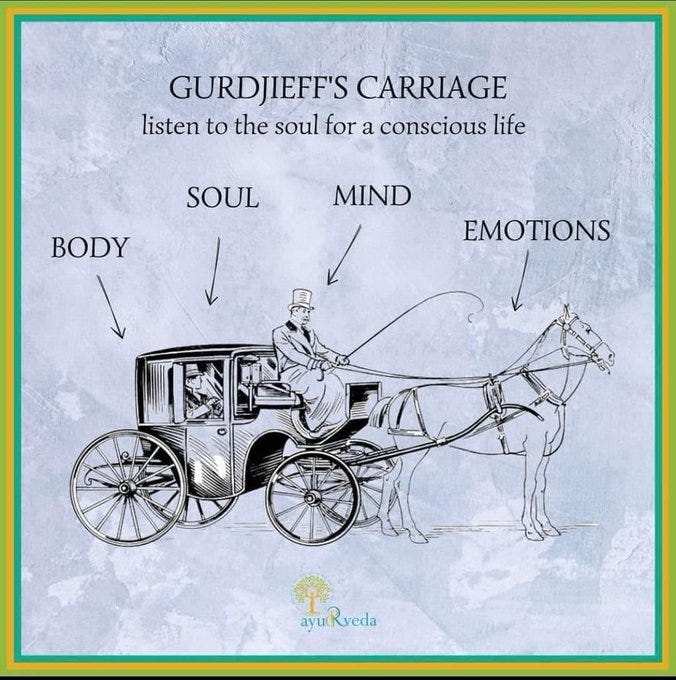
A dynamic balance of wisdom practices that addresses each of these aspects of our selves will help align us on a beneficial path.
In the last episode on attractors, I noticed Ervin Laszlo described the holotropic attractor that drives us all towards wisdom and wholeness as a “subtle spiritual insight.”
I suddenly saw an obvious point I had somehow missed until now in my life.
You clean up your diet, meditate, engage in breathwork and somatic practices so you can notice and interact with these fundamentally subtle pulls and signals. The master's voice can be faint.
If you’d prefer a more scientific argument: “syntropic attractors” guide us towards wisdom, greater complexity and more integrated consciousness. We primarily detect this relational force in our body and heart center. Our brain’s right hemisphere predominates in connection to our heart and body. But not only are these signals themselves subtle, our right hemisphere is emotional, somatic and primarily non-verbal. Hence everything we can do to increase the sensitivity of our mind and body to these signals, the more rapidly our consciousness will evolve.
Suggested Experiments and Commitments:
If you’re interested in taking the benefits of these concepts beyond the screen and into your own life, here is a recommended short-term experiment and longer-term commitment.
Experiment:
- Pick a practice that calls to you and set a reminder to commit to it every day for the next 2 weeks. If you're a head-centric person looking for an easy way in, I'd recommend a somatic meditation like the 5 minute elevator shaft. Do you notice any differences?
Commitment:
- Join or form a community and use it to discover and evolve your own ecology of practices.
Join us in a couple of weeks for Episode 4 on managing life transitions with Devin Martin.
Thanks again to River Kenna for all his help and wisdom! Hit Subscribe below to follow the rest of the series.
Footnotes + Additional Resources:
Subscribe to "Content Only" to see this section, read the interview, transcript and also gain access to the Circle Members' Forum.
Apply here to become a member of the 150 person network (already close to capacity!) for private expert Q&A calls and the small private WhatsApp.
